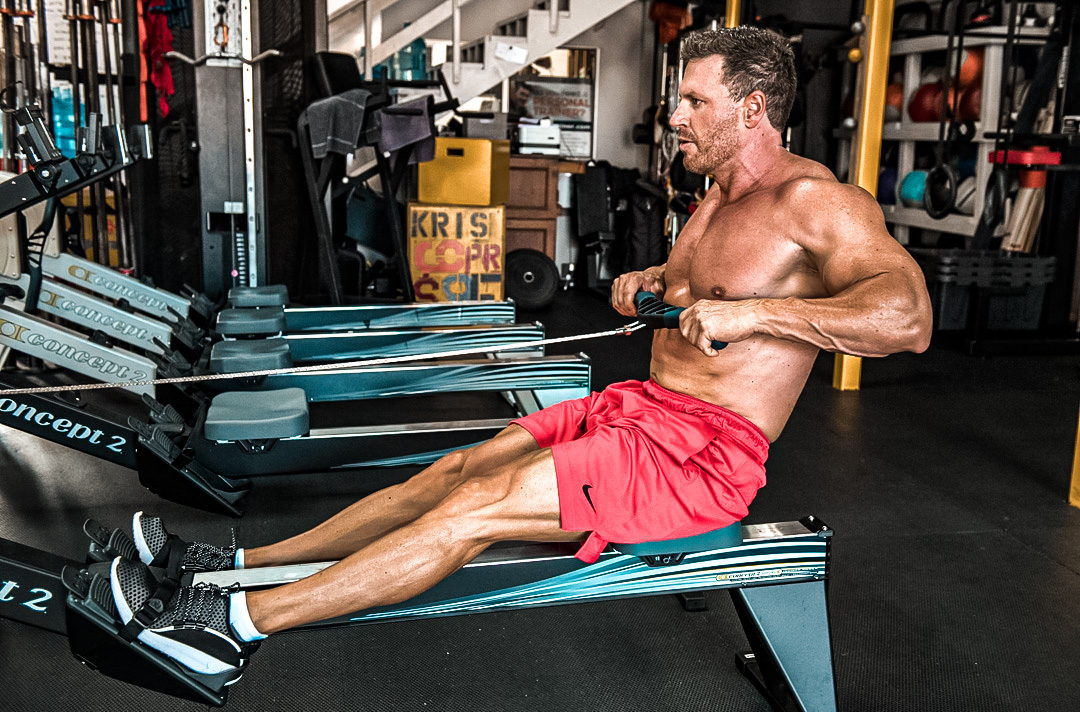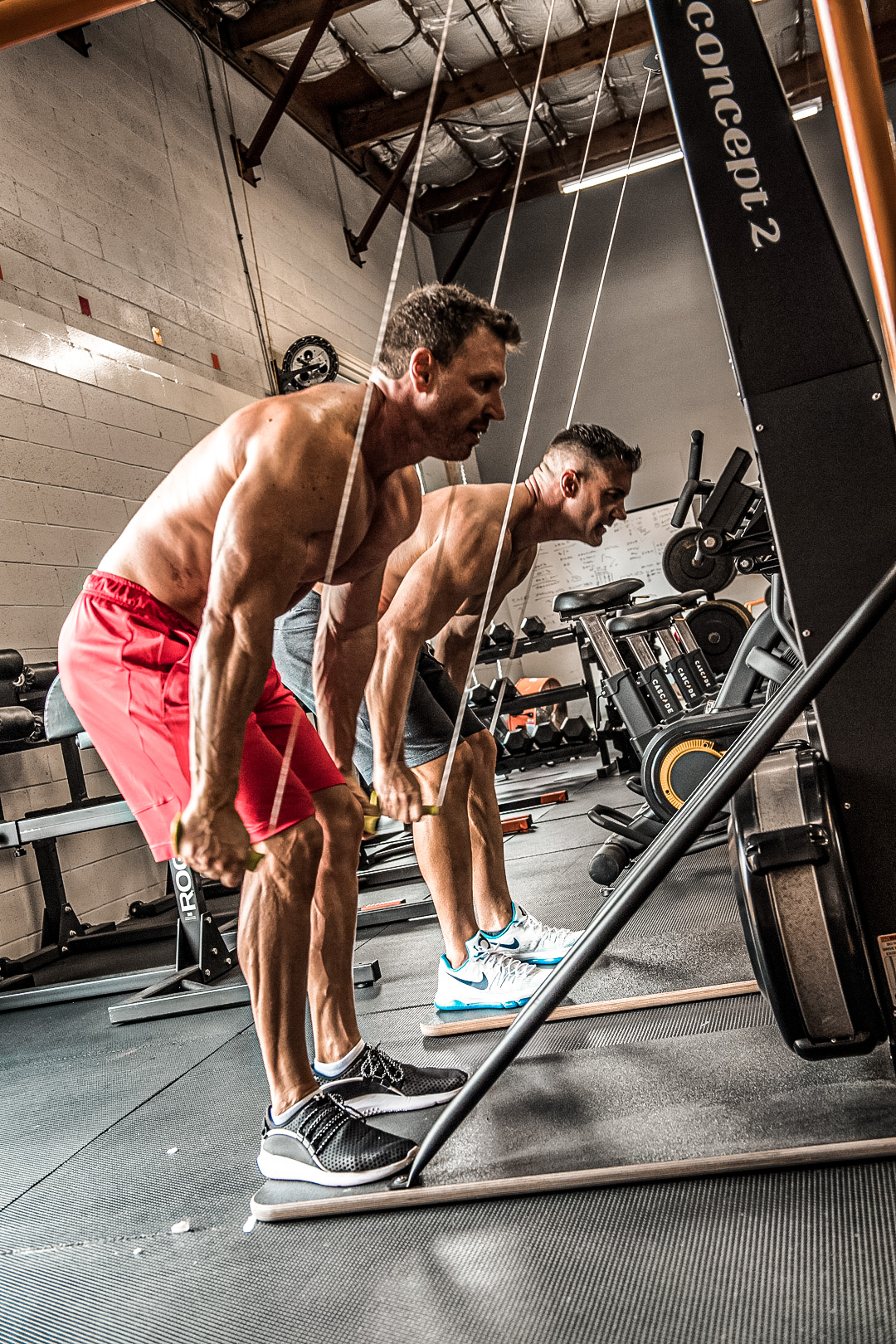The Importance of Warming Up
As San Diego’s voted best personal trainer, I can’t emphasize this enough: A proper warm-up significantly reduces the risk of exercise-related injuries.
Beyond Just Getting Your Heart Rate Up
We’re often told to “go warm up” before training, a game, or a long run. Many believe it’s just about getting the heart rate up and blood flowing. However, a structured dynamic warm-up involves much more. It prepares you mentally and physically for the upcoming activities.
Mental Preparation: A Key Aspect of Warming Up
It’s common to enter the gym with our heads full of day-long “stuff” – work, relationships, family, stress, anxiety, or negative thoughts. As a personal trainer, the warm-up is critical because it’s about mentally committing to this one hour for yourself, by sidelining distractions to be fully present. Warming up also builds confidence, utilizes imagery for reinforcement, and sets training goals, while activating both your sympathetic and parasympathetic nervous systems.
Sympathetic vs. Parasympathetic Nervous System: Fight or Flight?
The sympathetic system controls our “fight or flight” responses, while the parasympathetic system manages “rest and digest” functions. During a well-designed dynamic warm-up, the sympathetic system takes over, releasing adrenaline, raising body temperature, eliminating toxins, and enriching working muscles with oxygenated, nutrient-rich blood to prep for physical exertion. Eliminating mental distractions during this “fight or flight” response helps prepare our brains to learn new skills. Conversely, the parasympathetic system predominates during rest, reducing stress and aiding body repair.
The Importance of Stretching
Stretching your warmed muscles forms another vital part of a dynamic warm-up. Short static stretches of 10-15 seconds enhance flexibility and activate the Golgi tendon organ (GTO), protecting muscles and connective tissues from injury. Remember, stretching isn’t the warm-up itself; it’s a part of it.
Customizing Your Warm-Up
The duration of your warm-up depends on several factors: age, fitness level, previous injuries, and lifestyle. For instance, coming from an eight-hour desk job might necessitate a longer warm-up time. Observing how warm-up needs change with advancing fitness levels is crucial, which is why I often vary warm-up routines.
Embracing the Warm-Up Mindset
Next time you enter the gym or start your workout, embrace warming up by adopting positive affirmations: “Let’s do this!” “I’m pumped!” “I’ve got this!”—and leave behind any distractions or negativity. This is your dedicated time.
Learn more about the benefits of warming up on the American Heart Association’s website.







